Satisfying staff shortage and making it attractive: Tatarstan to update agricultural development programme
New global challenges have led to a rethinking and deep renovation of the agro-industrial complex both in the country and in the republic
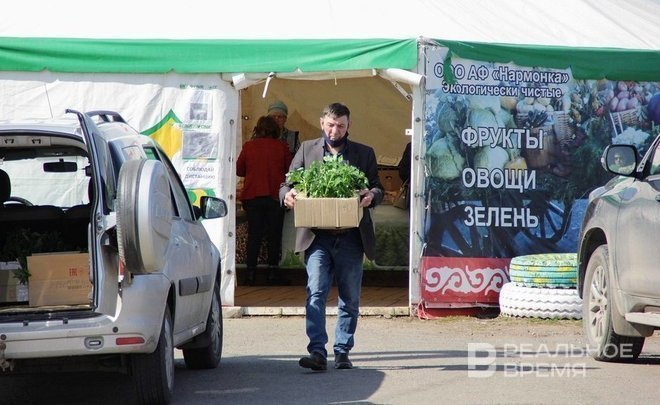
As Realnoe Vremya found out, the authorities of Tatarstan plan to make changes to the state programme for the development of agriculture and regulation of agricultural markets for 2013-2025. The updated document should increase the time frame for its implementation by another five years and divide it into several stages. At the same time, the number of subprogrammes will double. All of them will be aimed at achieving four main goals, the essence of which is to increase the attractiveness and independence of the agro-industrial complex. Read the details in the material of Realnoe Vremya.
Programme will be divided into two stages, adding a dozen projects
The state programme “Development of agriculture and regulation of agricultural products, raw materials and food markets in the Republic of Tatarstan for 2013-2025" was approved by the resolution of the Cabinet of Ministers of the republic in April 2013. Over the past ten years, it has been repeatedly supplemented, the last change was made in May of this year.
The proposed document will have to divide the programme into several stages. So far, funding is provided for only two:
- The first one — from 2013 to 2023: 226,7 billion rubles;
- The second — from 2024 to 2026: 40,2 billion rubles.
The four remaining years (from 2026 to 2030) do not yet have calculations for the necessary funding. They will be included in the programme based on the results of the implementation of the first stages.
Thus, the total amount of funds already calculated will amount to just over 267 billion rubles. This amount is already by 5,25% more than what was originally planned (2013-2025) — 253,6 billion. Along with this, the number of subprogrammes may also grow — if there were only 10 of them before, now there may be 20. As part of their implementation on the territory of Tatarstan, it is planned to modernise the production capacities of bakery enterprises and the technical park, as well as to create economically favourable conditions and a labour pool.
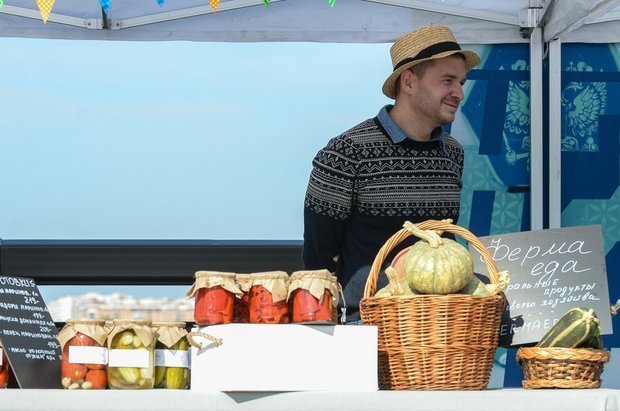
The state programme has never included projects on modernisation of technical capacities, development of housing construction, landscaping, and improvement of infrastructure. Also, the attractiveness of rural areas has never developed, both within the framework of tourism and from the point of view of the labour issue. Another interesting point is that the authorities have seriously taken up the topic of the development of winemaking.
The appearance of all these projects is explained by that with the beginning of the special military operation in Ukraine and the imposition of sanctions by the West, a large number of foreign enterprises left the domestic market. This situation affected both the agrotechnical complex (spare parts for machines, agricultural equipment, and processing machines) and the products themselves (a small number of vineyards and, as a result, an underdeveloped wine industry). Thus, the new programme will be aimed at increasing the level of security and comfort when living and working in agricultural lands.
Agro-industry of the republic will go to specific goals
As for the goals of the state programme themselves, until this year they were the following: improving competitiveness and financial stability, go green production, and integrated development of rural areas. Now the authorities want to achieve concrete results in the main areas:
- creating conditions for achieving the index of agricultural production (in comparable prices) in 2030 in the amount of 120,7% of the level of 2020;
- creating conditions for achieving the index of food production (in comparable prices) in 2030 in the amount of 129% of the level of 2020;
- creating conditions for achieving the level of average monthly wages of agricultural workers (excluding small businesses) in 2030 — 62,322 rubles;
- creating conditions for achieving the volume of exports of agricultural products (at comparable prices) in the amount of $287,2 million by the end of 2024.
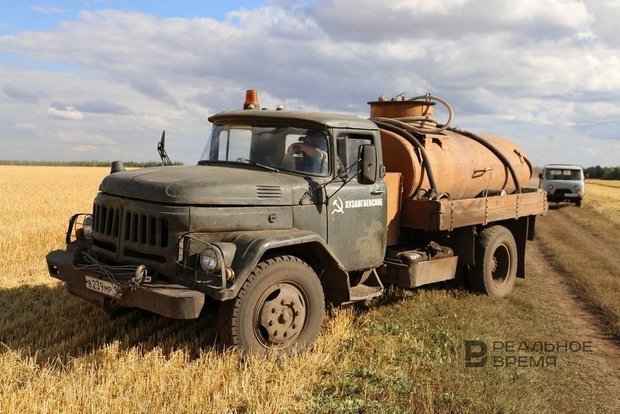
To achieve these goals, the authorities and farmers will need to solve a number of problems, some of which have arisen in the industry relatively recently. These include: biological threats associated with the emergence and spread of infectious diseases, as well as trade (tariff) barriers. Another three main obstacles are the different dynamics of prices for products and material and technical resources, dependence on imports and staff shortage.
Along with solving these problems, the authorities propose to highlight as additional priorities: breeding and genetics, digitalisation of industries, development of the processing industry, as well as services and solutions for optimising logistics.
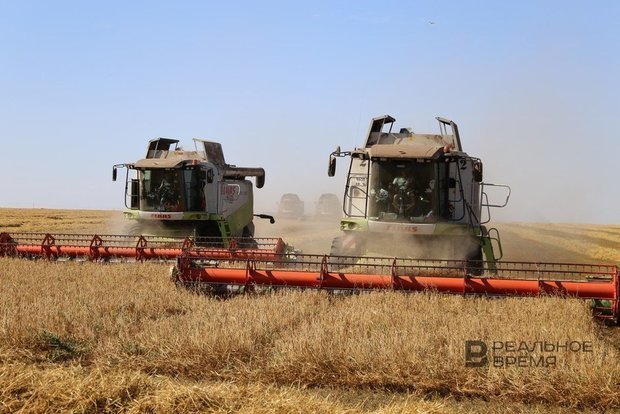
Despite the obstacles, the year 2022 is remembered as a successful year
The state programme provides for the comprehensive development of all branches and sub-sectors, as well as areas of activity of the agro-industrial complex, taking into account Russia's membership in the World Trade Organisation (WTO), as well as participation in the Eurasian Economic Union (EEC) and other associations in the economic space of the Commonwealth of Independent States (CIS). Tatarstan itself is among the top five among the country's regions in terms of gross agricultural output. Thus, the total area of the republic is 6,8 million hectares, of which 4,3 million are agricultural land (while 3,3 million are arable land — ed.). As for citizens living in rural areas and employed in this field, their number reaches 900 thousand people, or 23,2% of the total population of Tatarstan. Thus, having 2% of the land of the whole country, the republic produces 4% of its products.
Last year, the volume of agricultural production amounted to 334 billion rubles. At the same time, the total production index (PI) reached 125,9% compared to the level of 2021, 109,3% by 2018 and 123,2% by 2012. In crop production, the PI reached 160% compared to the previous year, and in animal husbandry — 100,9%.
As for the products themselves, last year the share of agricultural organisations accounted for 57,2%, households — 32,1%, peasant (farmer) farms and individual entrepreneurs — 10,7%. At the same time, 52,6% of the total production volume is occupied by crop production, the remaining 47,4% is livestock production.
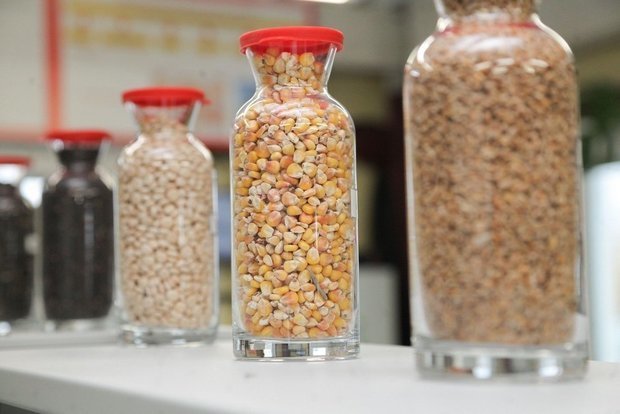
If we go through particular — the largest areas, then in 2022:
- The gross grain harvest amounted to 5,2 million tonnes in weight after completion, which is 2,2 times more than it was received in 2021. The increase in production is due to a 2,3-fold increase in yield while reducing harvested areas by 5,4%.
- The gross harvest of sugar beet increased by 43,3% and amounted to 1,9 million tons. The increase is due to an increase in yield by 43,7% with a decrease in harvested areas by 4,4%.
- Potato production amounted to 920 thousand tonnes and increased by 19,5% due to an increase in yield by 26,3%, with a decrease in harvested areas by 5,1%.
- There were 913,5 thousand heads of cattle in farms of all categories, including 328,2 thousand cows, 468,5 thousand pigs, 300,8 thousand sheep and goats, 17,5 million poultry.
- 2 million tonnes of milk were produced (103,8% compared to the level of 2021), 527 thousand tonnes of livestock and poultry for slaughter (in live weight), 1,5 million eggs (101,7% compared to the previous year).
The average monthly accrued salary in 2022 for agricultural organisations of all categories amounted to 38,023 rubles, which is by 21,6% higher than in 2021. At the same time, the salary for January — December last year reached 40,997 rubles, which is by 23,4% higher than the same indicator last year.
